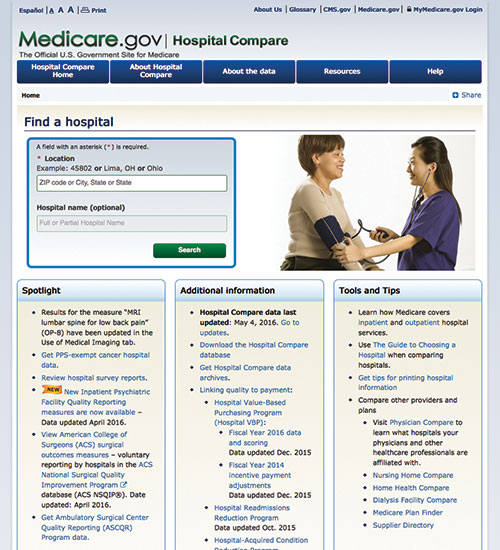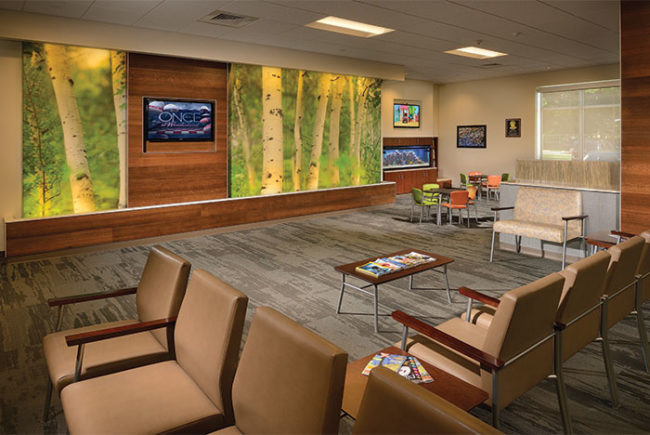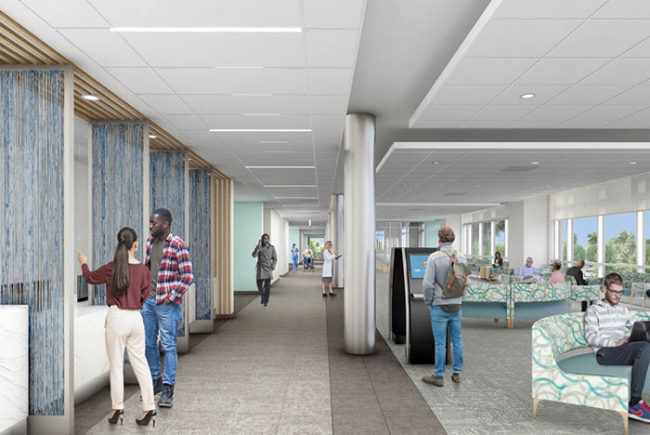
CMS’ Hospital Compare website
Facility design has either a direct impact or an indirect influence on each area of patient experience included in the HCAHPS survey.
The HCAHPS survey was developed to provide a standardized instrument and data collection methodology for measuring patients’ perspectives on hospital care. The survey consists primarily of questions about how often patients experience certain aspects of care during their hospital stay, such as, “How often was the area around your room quiet at night?” or “How often did nurses listen carefully to you?” Patients also are asked questions to determine their understanding of their care when they leave the hospital, their overall rating of the hospital, and their willingness to recommend the hospital to others along with some basic personal demographic information.
You may also like |
| Building patient satisfaction |
| Report encourages holistic approach to patient satisfaction |
|
|
For ease of comparison by prospective patients, responses to related survey questions are combined to create 11 performance areas that are publicly reported online by the Centers for Medicare & Medicaid Services. Two of these are about matters directly impacted by facility design: the cleanliness and quietness of the patient environment. Out of 11 points of comparison, “that has a big impact,” says Kate Renner, AIA, EDAC, Lean-Six Sigma CE, associate at architecture firm HKS, Dallas.
Ana Pinto-Alexander, RID, IIDA, EDAC, principal and group director for health interiors at HKS, and Upali Nanda, associate AIA, EDAC, associate principal and director of research for HKS, note that the other publicly reported performance areas can be influenced by design. Caregiver communication, hospital staff members’ responsiveness to patient needs, pain management, the overall hospital rating and patients’ willingness to recommend the hospital — all areas covered by the survey — can each be affected by the design of a facility. For example, says Nanda, “If you set up the room in such a way that the patient can have a meaningful conversation with the provider and the family, that may have an influence on how they rate communication.”
While there are many complex factors that contribute to a patient’s experience of care, she says, the physical environment can be significant to this key performance measurement.





